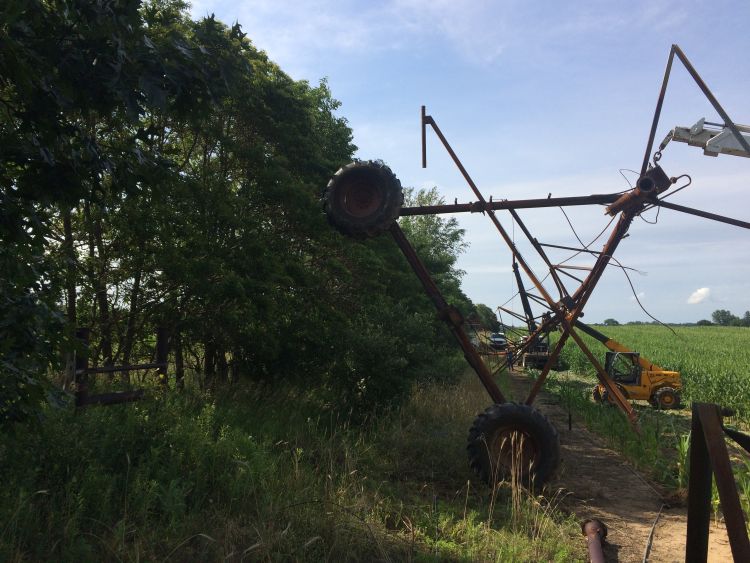
Running through a checklist of inspections and repairs for each irrigation system greatly improves the chance of being able to start irrigating the day the crop needs it.


Running through a checklist of inspections and repairs for each irrigation system greatly improves the chance of being able to start irrigating the day the crop needs it.
Water use for wheat, Rye. and perennials has been 1.5” to 1.8”/ week.
This six session series focuses on irrigation topics such as irrigation management, irrigation efficiency, new and expanding irrigation projects and a weather and crop update.

The water needs of corn peak in July and taper off in August as we near dent stage.
What a change a couple weeks of rain can make…Rains over the last 3 week have refilled the water holding capacity for most fields.

Timing of cover crop termination can have significant benefits in wet and dry springs.

Over the wide variety of planting and soil-applied herbicide situations, most irrigated producers will gain from an early-season irrigation application. The limiting factor is whether the irrigation system is ready to go.

Before you put the pivot away for the season, use a camera or drone video of pivot water patterns and pipe leaks to greatly help winter irrigation repairs.

Early September often brings an end to crops irrigation needs, but late planting and a cool growing season has resulted in delays of crop development of a month (or more) in some fields in 2019.

Irrigators have options for managing N application in wet conditions and late-planted crops.
© 2024 Purdue University | An equal access/equal opportunity university | Copyright Complaints | Maintained by Pest&Crop newsletter
If you have trouble accessing this page because of a disability, please contact Pest&Crop newsletter at luck@purdue.edu.